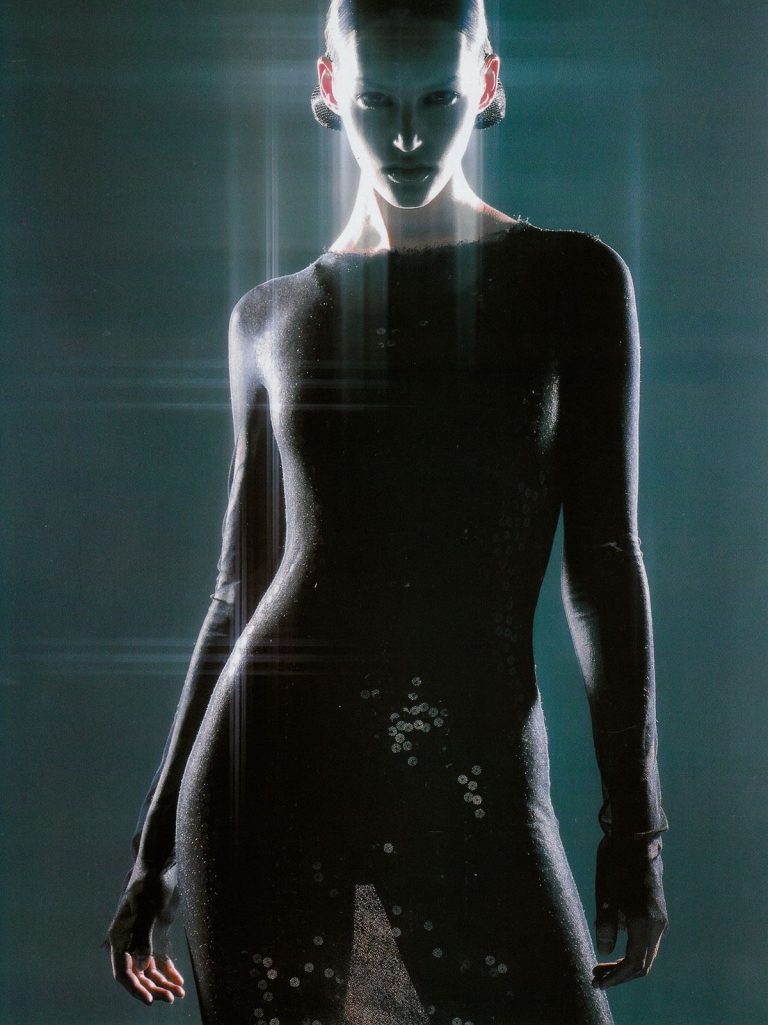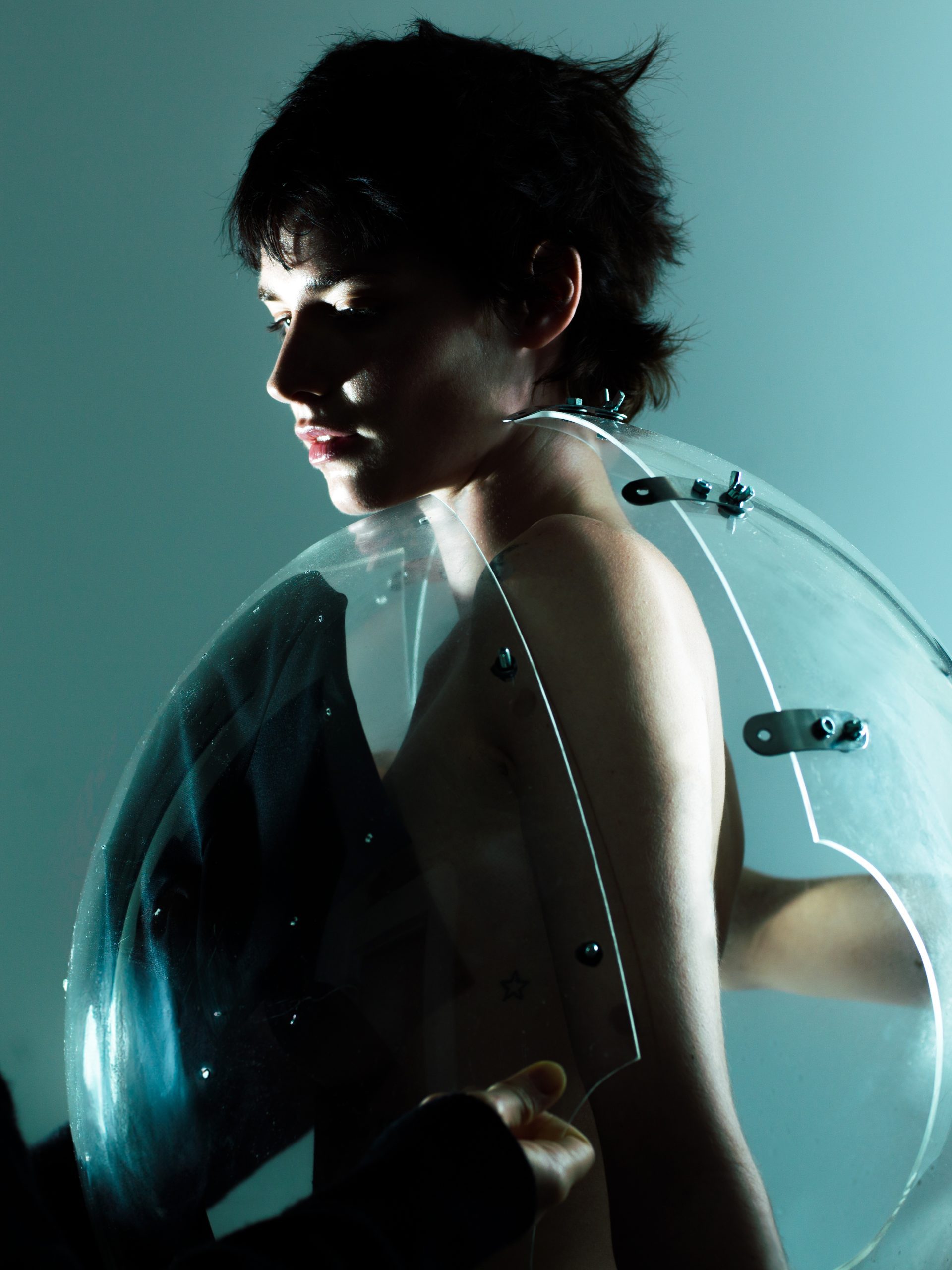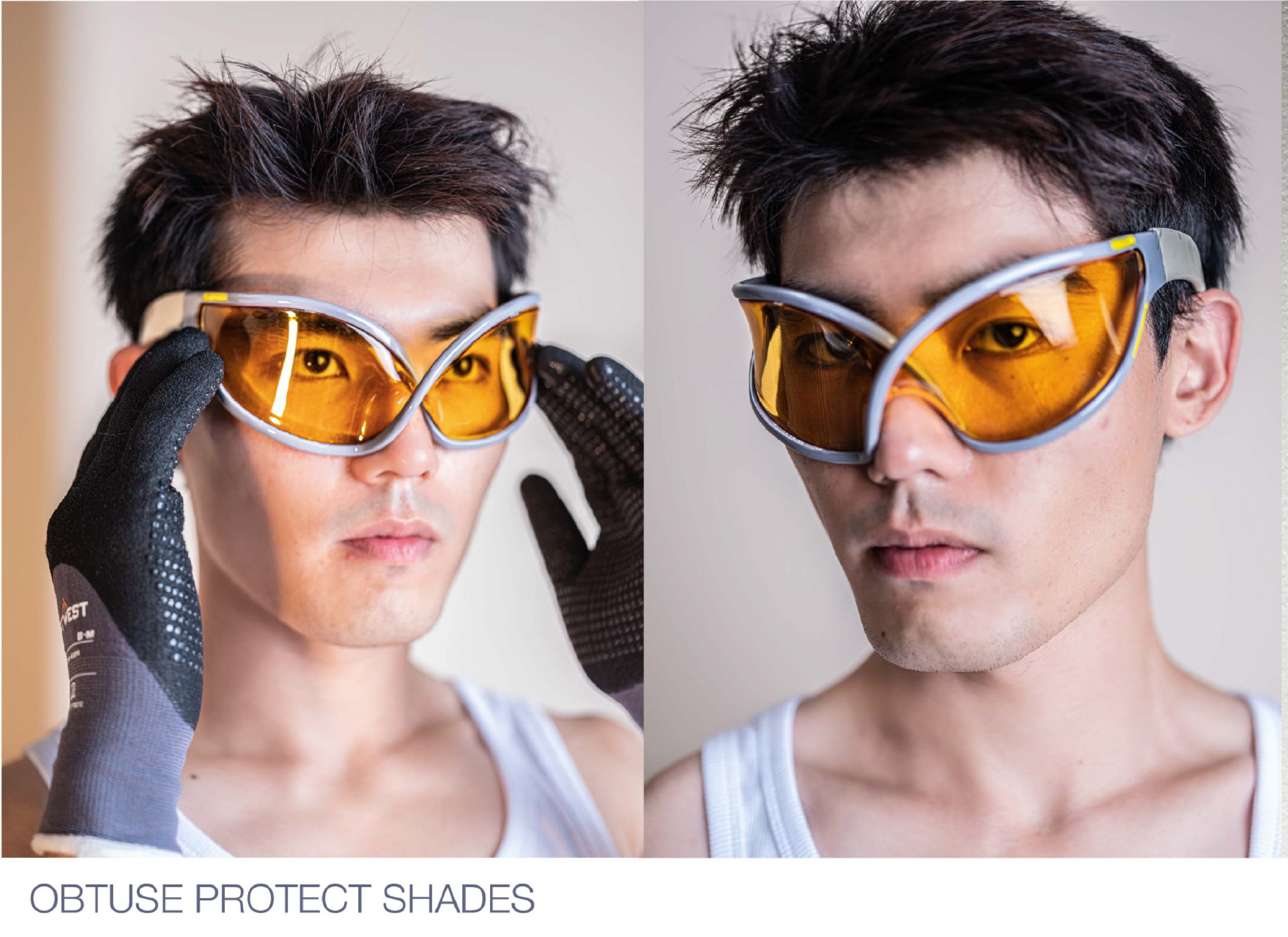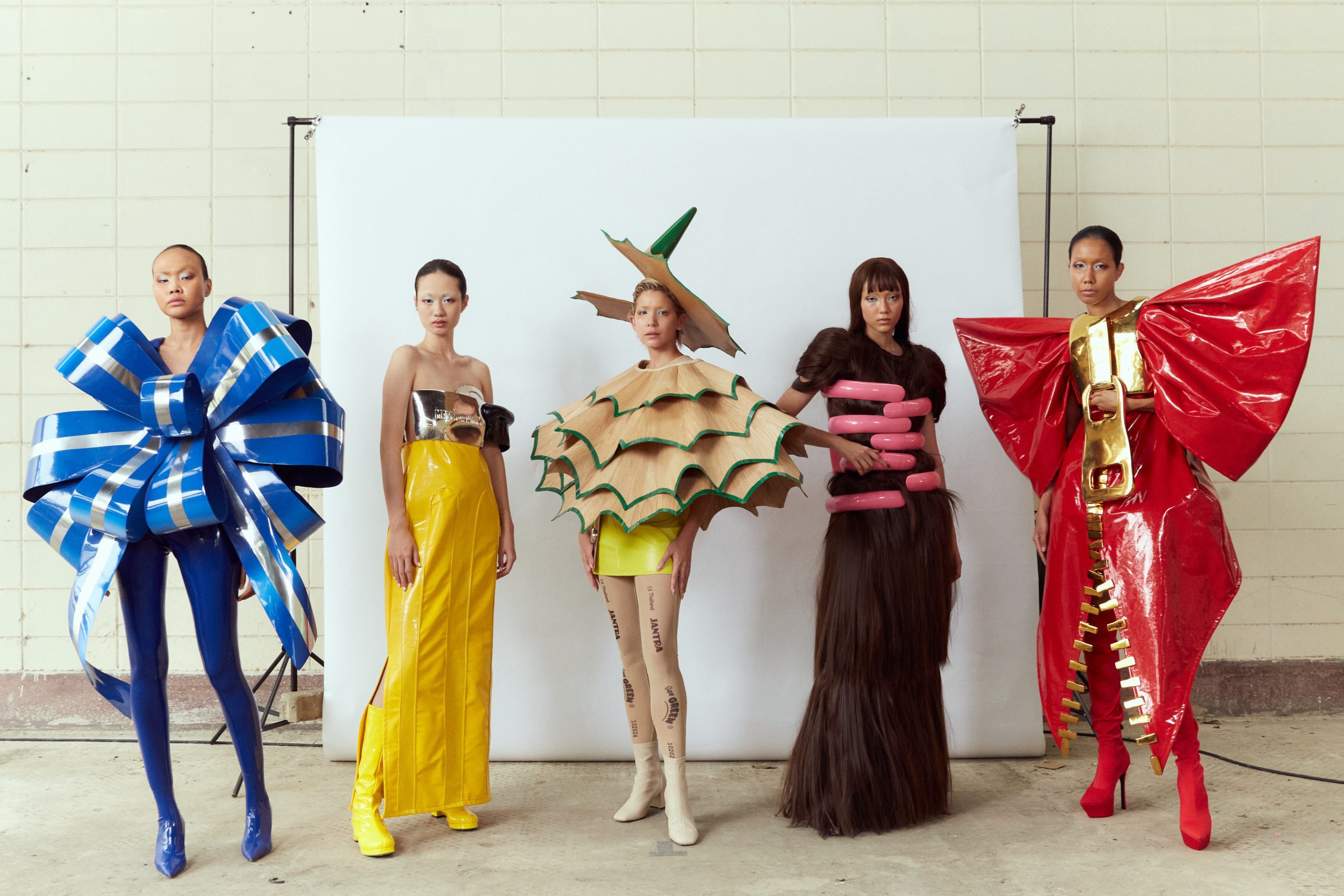Nostalgia has always served as a source of inspiration for designers, leading to revivals of iconic motifs— from the glamorous silhouettes of the 1920s and the rebellious spirit of the 1960s to the vibrant colours and patterns of the 1970s and 1980s.
With their work, designers often touch upon themes that provoke feelings of familiarity and sentiment by looking back at history and culture.
As a designer, one of my favourite “rituals” before starting a collection has always been the research process — spending hours in the library going through the archives of fashion history, and delving into interviews with designers and their timeless collections. Returning home, I would continue my search going through my father’s extensive library where I could find an array of antique treasures. Then going through my grandmother’s incredible selection of embroideries and notebooks with all of the secrets of her craft — she used to write down each step of the creative process, with patterns and samples of her work. This “traditional” way of doing a manual form of research, and looking through real relics of the past, hoarded and collected by my family, will always be my go-to method, and the one I find most comforting and reliable.
For better or worse, exploring historical fashion data and cultural references is becoming increasingly effortless and accessible, but less personal. By using artificial intelligence algorithms we can analyse both consumer preferences, but also past and present cultural data, allowing us to forecast which trends are likely to make a comeback in the future.
AI algorithms and trend forecasting tools can analyse historical trends, runways, and collections, predicting revivals in fashion, and enabling designers and brands to tap into collective nostalgia. By identifying recurring motifs, AI can predict which elements are most likely to resonate with consumers in the future. By analysing social media engagement and purchase behaviour, these platforms can help designers and brands understand better which nostalgic references resonate best with their target audience. But is AI actually limiting diversity in design by prioritising certain trends or preferences? In helping us to select the most widely liked motifs and references, is the outcome less original and more commercial?
Even though we have this easily accessible ocean of endless information, namely AI, an artist’s mind is something precious that can’t be substituted. While AI can analyse all existing data in order to help brands create trendy and marketable collections, it’s important to keep in mind that human ingenuity and artistic vision is an eternal cosmos, constantly giving birth to exceptional ideas and concepts that in my opinion simply cannot be neither replaced nor optimised by artificial intelligence.
While some artists find AI very helpful, over-reliance on its tools may diminish designers’ abilities to think critically, hinder their creativity, and even devalue traditional craftsmanship and manual design techniques, as automated processes become more prevalent. There’s a concern among some designers that AI could replace human designers, leading in part to job displacement, but more crucially to a loss of creative control, or a diminishing of human-led creativity.
Just like everything else, moderate use of AI’s tools can also bring some benefits — such as optimising supply chain operations and material waste, and finally reducing overproduction — which is increasingly becoming a significant problem in the fashion industry.
Artificial intelligence can also deliver quality control and automatisation of repetitive tasks, which simplifies the work without hindering the precious creative process.
AI’s impact on creativity in design is a complex topic. Ultimately, its influence depends on how and to what extent designers choose to leverage these technologies and integrate them into their creative workflows.
There is indeed a very fragile connection between artificial intelligence and the topic of nostalgia — a dynamic relationship that unites technology and sentimentality. Nevertheless, nostalgia holds the unmatched power to evoke significant emotional links resulting in creations with an actual sense of soul and authenticity that goes beyond algorithms.
Written by Nia Topalova, a GLITCH Magazine Contributor





